1. Alexandrino GM, Damásio J, Canhão P, Geraldes R, Melo TP, Correia C, et al. Stroke in sports: a case series. J Neurol. 2014; 261:1570–1574. PMID:
24888314.

2. Baugh CM, Stamm JM, Riley DO, Gavett BE, Shenton ME, Lin A, et al. Chronic traumatic encephalopathy: neurodegeneration following repetitive concussive and subconcussive brain trauma. Brain Imaging Behav. 2012; 6:244–254. PMID:
22552850.

3. Cantu RC, Gean AD. Second-impact syndrome and a small subdural hematoma: an uncommon catastrophic result of repetitive head injury with a characteristic imaging appearance. J Neurotrauma. 2010; 27:1557–1564. PMID:
20536318.

4. Fridley J, Mackey J, Hampton C, Duckworth E, Bershad E. Internal carotid artery dissection and stroke associated with wakeboarding. J Clin Neurosci. 2011; 18:1258–1260. PMID:
21742504.

5. Giza CC, Kutcher JS, Ashwal S, Barth J, Getchius TS, Gioia GA, et al. Summary of evidence-based guideline update: evaluation and management of concussion in sports: report of the Guideline Development Subcommittee of the American Academy of Neurology. Neurology. 2013; 80:2250–2257. PMID:
23508730.

6. Guskiewicz KM, Weaver NL, Padua DA, Garrett WE Jr. Epidemiology of concussion in collegiate and high school football players. Am J Sports Med. 2000; 28:643–650. PMID:
11032218.
7. Harmon KG, Drezner JA, Gammons M, Guskiewicz KM, Halstead M, Herring SA, et al. American Medical Society for Sports Medicine position statement: concussion in sport. Br J Sports Med. 2013; 47:15–26. PMID:
23243113.

8. Jordan BD. The clinical spectrum of sport-related traumatic brain injury. Nat Rev Neurol. 2013; 9:222–230. PMID:
23478462.

9. Kalantzis G, Georgalas I, Chang BY, Ong C, El-Hindy N. An unusual case of traumatic internal carotid artery dissection during snowboarding. J Sports Sci Med. 2014; 13:451–453. PMID:
24790504.
10. Kelly JP, Rosenberg JH. Diagnosis and management of concussion in sports. Neurology. 1997; 48:575–580. PMID:
9065529.

11. Kernan WN, Ovbiagele B, Black HR, Bravata DM, Chimowitz MI, Ezekowitz MD, et al. Guidelines for the prevention of stroke in patients with stroke and transient ischemic attack: a guideline for healthcare professionals from the American Heart Association/American Stroke Association. Stroke. 2014; 45:2160–2236. PMID:
24788967.
12. McCrory P, Meeuwisse WH, Aubry M, Cantu B, Dvořák J, Echemendia RJ, et al. Consensus statement on concussion in sport: the 4th International Conference on Concussion in Sport held in Zurich, November 2012. J Am Coll Surg. 2013; 216:e55–e71. PMID:
23582174.
13. McKee AC, Cantu RC, Nowinski CJ, Hedley-Whyte ET, Gavett BE, Budson AE, et al. Chronic traumatic encephalopathy in athletes: progressive tauopathy after repetitive head injury. J Neuropathol Exp Neurol. 2009; 68:709–735. PMID:
19535999.

14. McKee AC, Stern RA, Nowinski CJ, Stein TD, Alvarez VE, Daneshvar DH, et al. The spectrum of disease in chronic traumatic encephalopathy. Brain. 2013; 136(Pt 1):43–64. PMID:
23208308.

15. Mori T, Katayama Y, Kawamata T. Acute hemispheric swelling associated with thin subdural hematomas: pathophysiology of repetitive head injury in sports. Acta Neurochir Suppl. 2006; 96:40–43. PMID:
16671421.

16. Mueller FO. Catastrophic head injuries in high school and collegiate sports. J Athl Train. 2001; 36:312–315. PMID:
12937502.
17. Nagahiro S, Mizobuchi Y. Current topics in sports-related head injuries: a review. Neurol Med Chir (Tokyo). 2014; 54:878–886. PMID:
25367588.

18. Ommaya AK, Gennarelli TA. Cerebral concussion and traumatic unconsciousness. Correlation of experimental and clinical observations of blunt head injuries. Brain. 1974; 97:633–654. PMID:
4215541.
19. Putukian M. The acute symptoms of sport-related concussion: diagnosis and on-field management. Clin Sports Med. 2011; 30:49–61, viii. PMID:
21074081.

20. Tator CH. Chronic traumatic encephalopathy: how serious a sports problem is it? Br J Sports Med. 2014; 48:81–83. PMID:
24273309.

21. Vertinsky AT, Schwartz NE, Fischbein NJ, Rosenberg J, Albers GW, Zaharchuk G. Comparison of multidetector CT angiography and MR imaging of cervical artery dissection. AJNR Am J Neuroradiol. 2008; 29:1753–1760. PMID:
18635617.

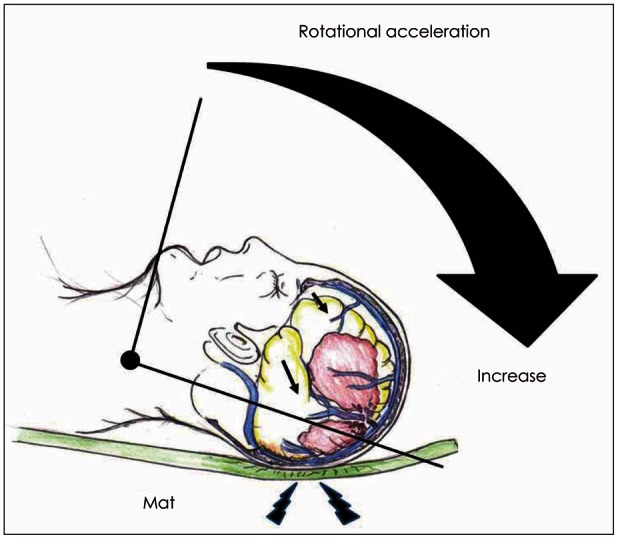
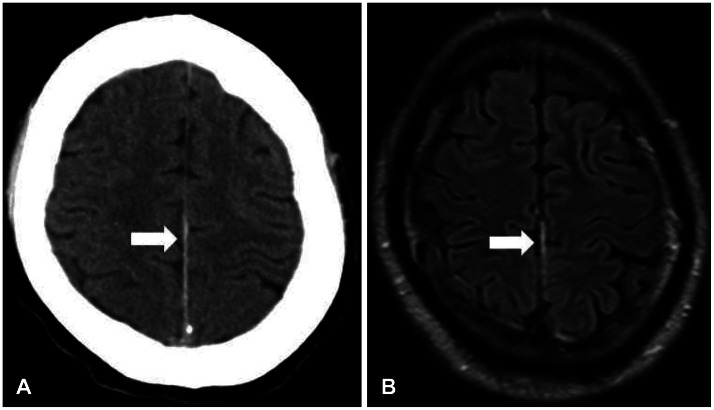
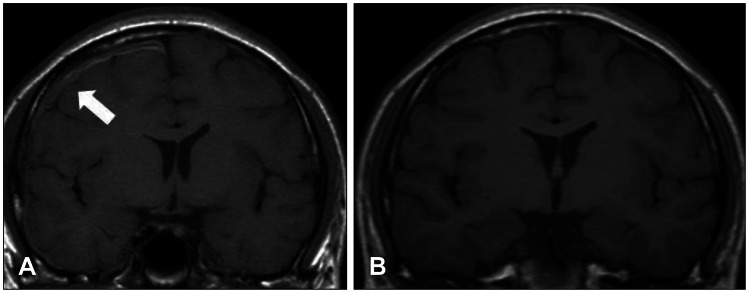




 PDF
PDF ePub
ePub Citation
Citation Print
Print


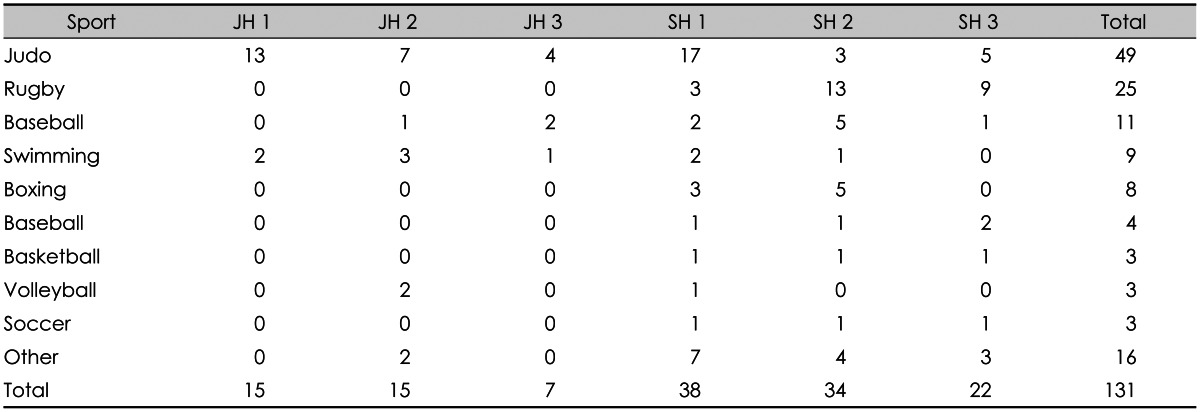
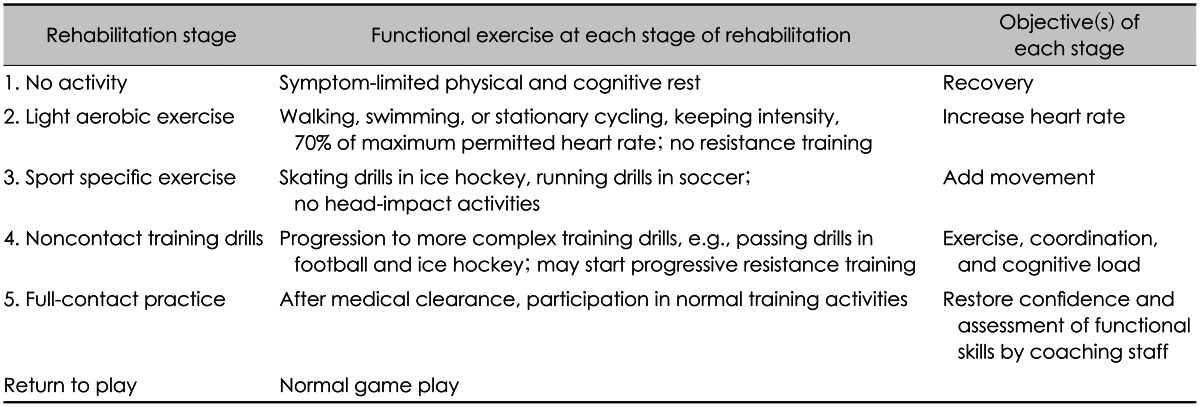
 XML Download
XML Download